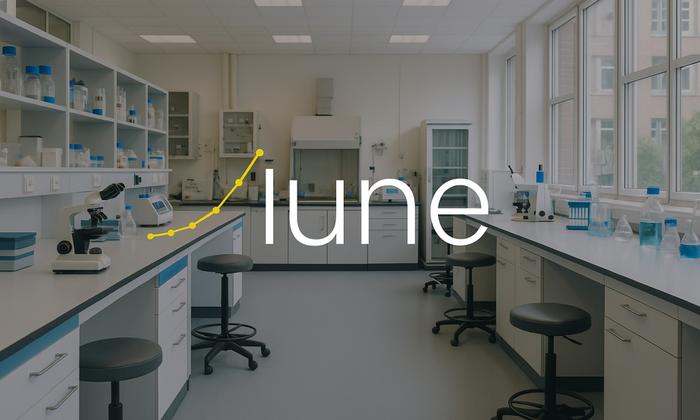The IUNE Observatory’s latest report, a comprehensive study by the INAECU Institute—a collaboration between the Universidad Autónoma de Madrid and the Universidad Carlos III de Madrid—paints a striking picture of the landscape of scientific publishing within Spain’s University System (SUE). The findings reveal that a staggering 92% of scientific publications emanate from public universities, while a mere 8% are contributed by private universities. This significant disparity raises critical questions about the balance of research output across the different types of institutions within the country, highlighting the…
The implications of this report extend beyond mere statistics; they underline the ongoing discourse in Spain regarding the quality of education provided by private universities. A prominent figure in this conversation is Elías Sanz-Casado, a Professor at UC3M and the General Coordinator of the IUNE Observatory. He emphasizes the pressing need for a transparent and accessible information system to offer an unbiased assessment of both public and private universities. Sanz-Casado’s statements underline the urgency for regulation, particularly for private universities that may not adhere to minimal quality standards.
The backdrop of this report is Spain’s Organic Law 2/2023, which delineates the fundamental missions of universities: teaching, research, and the efficient transfer of knowledge. It’s a framework requiring institutions to adhere to baseline quality across these dimensions to attain university status. However, according to Sanz-Casado, private universities often struggle with research funding, diverting significant resources away from research endeavors. This discrepancy becomes keenly apparent when one considers the relative allocation of resources towards research activities—which are substantially lower in private institutions compared to their public counterparts.
Current statistics underscore a broader trend, with the academic year of 2024–25 projecting a total of 50 public universities versus 41 private institutions in Spain. The IUNE Observatory serves a crucial role, monitoring and evaluating scientific activities across both sectors, employing a robust framework of 42 indicators that assess R&D across eight essential dimensions. These include scientific output, subject area analysis, emerging research activity, and funding efficacy. Sanz-Casado maintains that there are no comparable tools in other nations that provide such extensive and publicly accessible data on university scientific output.
The evolution of academic staff in both public and private universities presents a compelling narrative. Over the last decade, the workforce in public universities has seen a deceleration in growth, with staffing levels plateauing. In contrast, private universities are experiencing a consistent annual uptick of approximately 6%, culminating in an impressive peak of 11.73% recently. This juxtaposition raises questions about the sustainability of such growth in private universities relative to their research output.
An assessment of scientific productivity reveals the stark differences between the two sectors. Public universities have seen a steady increase in productivity per faculty member, reaching an average of 1.15 publications per professor by 2021 before witnessing a slight decline in 2022. Conversely, private institutions have remained stagnant at about 0.4 publications per professor, highlighting an inherent challenge in research-driven faculty renewal.
Reflecting further on the landscape of scientific publications, it is noteworthy that the annual growth rates have slowed significantly, from a robust average of 5.92% to a more modest 4.86% in recent years. This slowing rate is mirrored in the average productivity metrics across the Spanish University System; there has been a gradual decrease from 6.32% growth to 5.47%. The findings point towards a concerning trend that could have long-lasting ramifications for Spain’s position in global scientific discourse.
The gradual decline in faculty numbers across public universities—averaging 0.6% annually this decade—further compounds the issue. Public universities are recognized as the primary engines of research within Spain, forming the backbone of the national scientific system. The report advocates for enhanced collaboration among universities and key stakeholders to mitigate these challenges and bolster the overall vitality of research output.
The IUNE Observatory’s existence and functionalities hinge on its support from various governmental and institutional organizations, including the Ministry of Science, Innovation and Universities, the National Quality Assessment and Accreditation Agency (ANECA), and other quality assurance bodies across the Catalan and Basque University Systems. This broad coalition underscores the collective commitment to improving university quality and performance metrics across the board.
As the external landscape continues to evolve, the role of institutions like the IUNE Observatory gains paramount importance in shaping educational and research policies. By providing transparent and rigorous evaluations, the Observatory helps stakeholders—including policymakers, educators, and students—navigate the complex terrain of Spanish higher education.
Ultimately, the findings from the IUNE Observatory propel a necessary dialogue around the quality of education and research in both public and private institutions. The disparities in funding, output, and departmental focus must be addressed to foster an inclusive and effective educational environment capable of competing on a global scale. With the future of research heavily underscored by quality versus quantity, the outcomes of this debate will resonate through academic corridors and influence policy decisions for years to come.
Subject of Research:
Article Title:
News Publication Date:
Web References:
References:
Image Credits:




